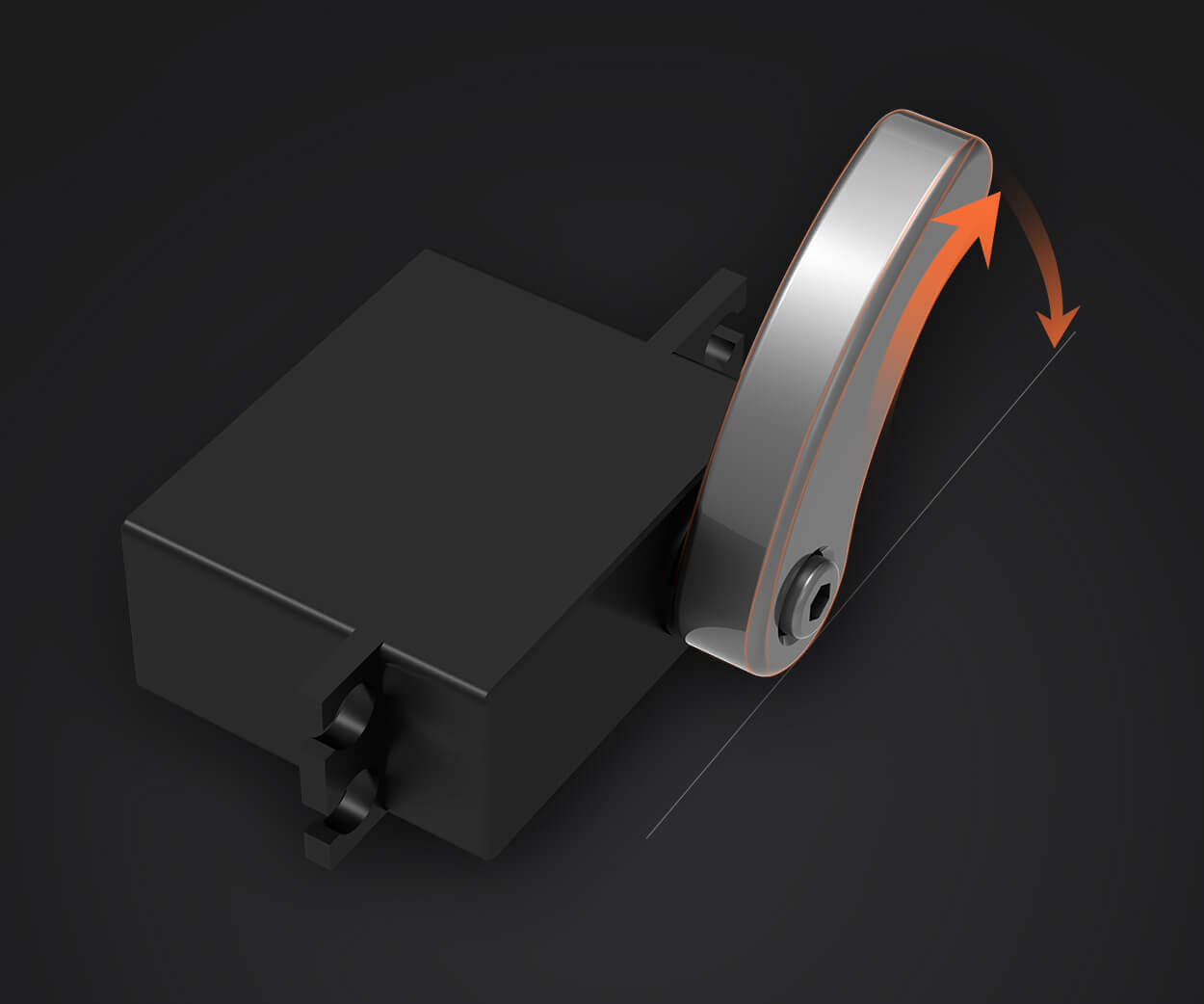Imagine you're about to upgrade a project — maybe on a drone, a robotic arm, or your electric vehicle. You start browsing the options, and suddenly, you're stuck pondering the difference between brushed and brushless DC motors. It's a common moment, and a lot of folks just want the straight facts without the jargon trap. Let's clear that fog a bit.

Picture a brushed motor as that classic, old-school ride. It’s simple, reliable, kind of like your trusty bicycle. Inside, you get brushes making contact with the commutator, switching the current direction as the motor spins. It’s effective, no doubt, but those brushes wear out over time. Think about it: every time you use the motor, those brushes rub against the commutator. Friction and wear are inevitable—eventually, maintenance or replacement becomes part of the deal.
Now, switch gears to a brushless motor—it's like that sleek electric scooter zipping smoothly down the street. Instead of brushes, it has an electronic controller that manages magnetic fields. No contact points rubbing against each other means less wear, less maintenance, and a smoother ride. For industrial or high-performance needs, it’s a game changer. They’re more efficient because there’s less energy lost due to friction, and they last longer since there's no physical wear component.
Here's a question: why would anyone choose a brushed motor at all? Maybe because of cost. Brush motors tend to be cheaper upfront, and for simple tasks where heavy duty isn’t a concern, they’re perfectly adequate. But if you’re after longevity, efficiency, and a quieter, more streamlined operation, brushless is often the way to go. For example, drones flying for hours on end, or electric cars putting in thousands of miles, are leaning on brushless technology.
You might wonder about power and torque. Brushless motors pack a punch in those areas—they're more responsive and can deliver higher torque at higher speeds. Plus, their electronic controls open up a world of customization, like adjustable speed and precision control. That’s a boost in performance, no question.
But let’s not forget the downside: brushless motors need an electronic drive—more complex and sometimes pricier, but the payoff in lifespan and efficiency often justifies it. And in environments with a lot of dust or dirt, a brushless design is more resilient because there are no brushes that can get clogged or corroded.
In a nutshell, if you’re after something budget-friendly for light use, a brushed motor might still cut it. But for heavy-duty, high-performance applications? Brushless motors are hard to beat, providing durability, less maintenance, and better efficiency. Whether it’s robotics, aerospace, or even hobby projects—knowing the difference can guide you to the right choice.
Now, thinking about the future, it seems like brushless tech is just warming up. More smart control, better materials, even greener efficiency—that’s where it’s headed. So, if you’re considering a motor upgrade or just curious, dig into what kind suits your needs best. Sometimes a little understanding makes all the difference, especially when it comes to powering that next big idea.
Leveraging innovations in modular drive technology, Kpower integrates high-performance motors, precision reducers, and multi-protocol control systems to provide efficient and customized smart drive system solutions.




































